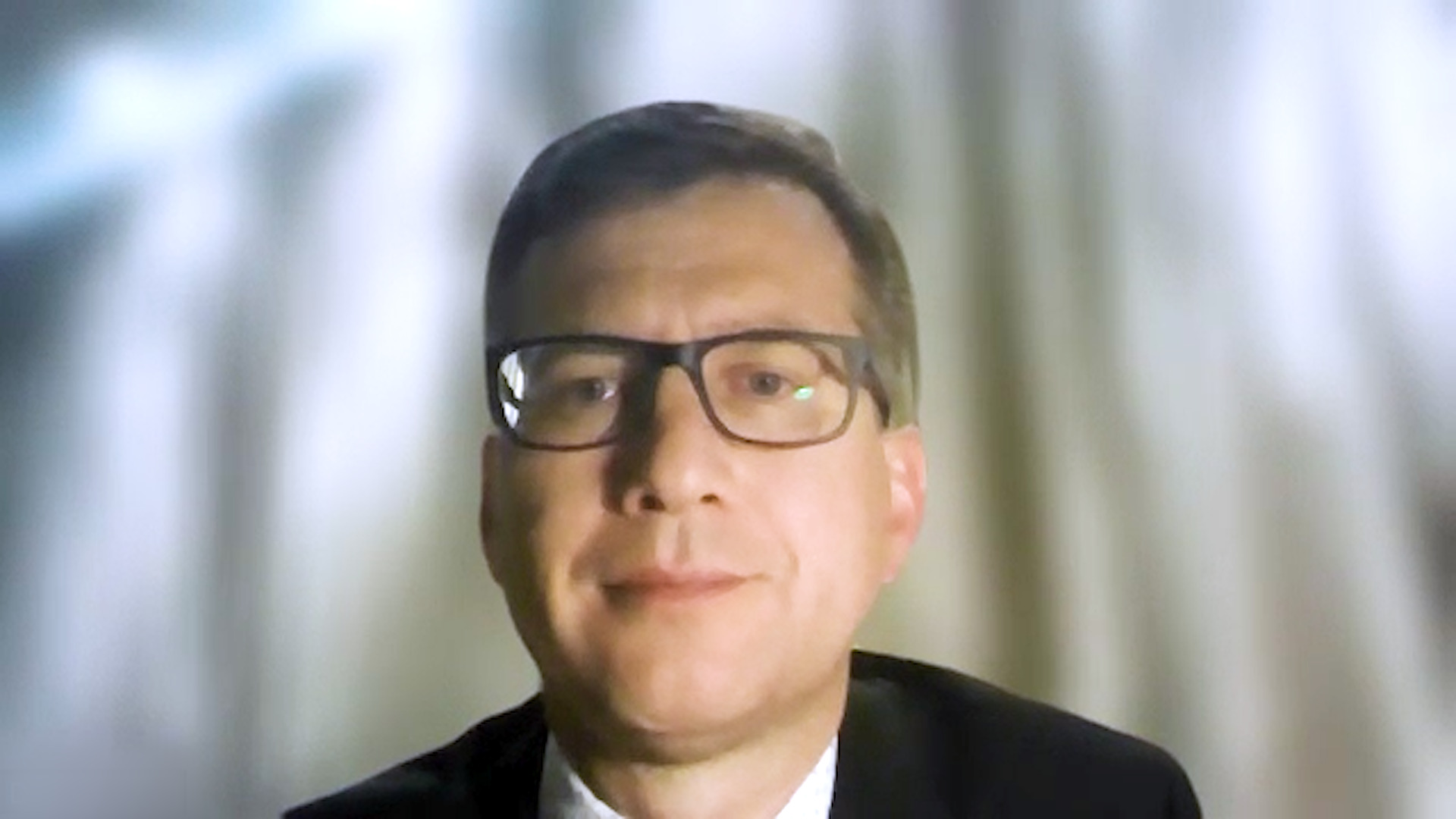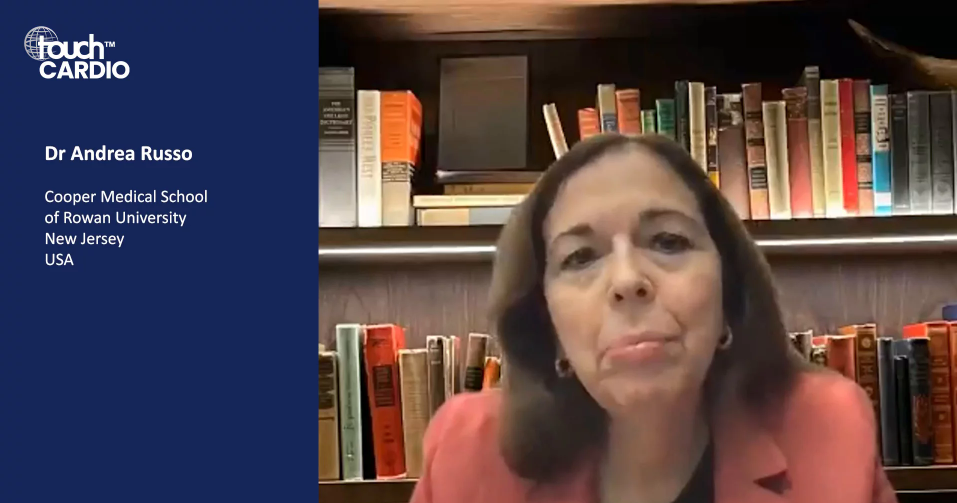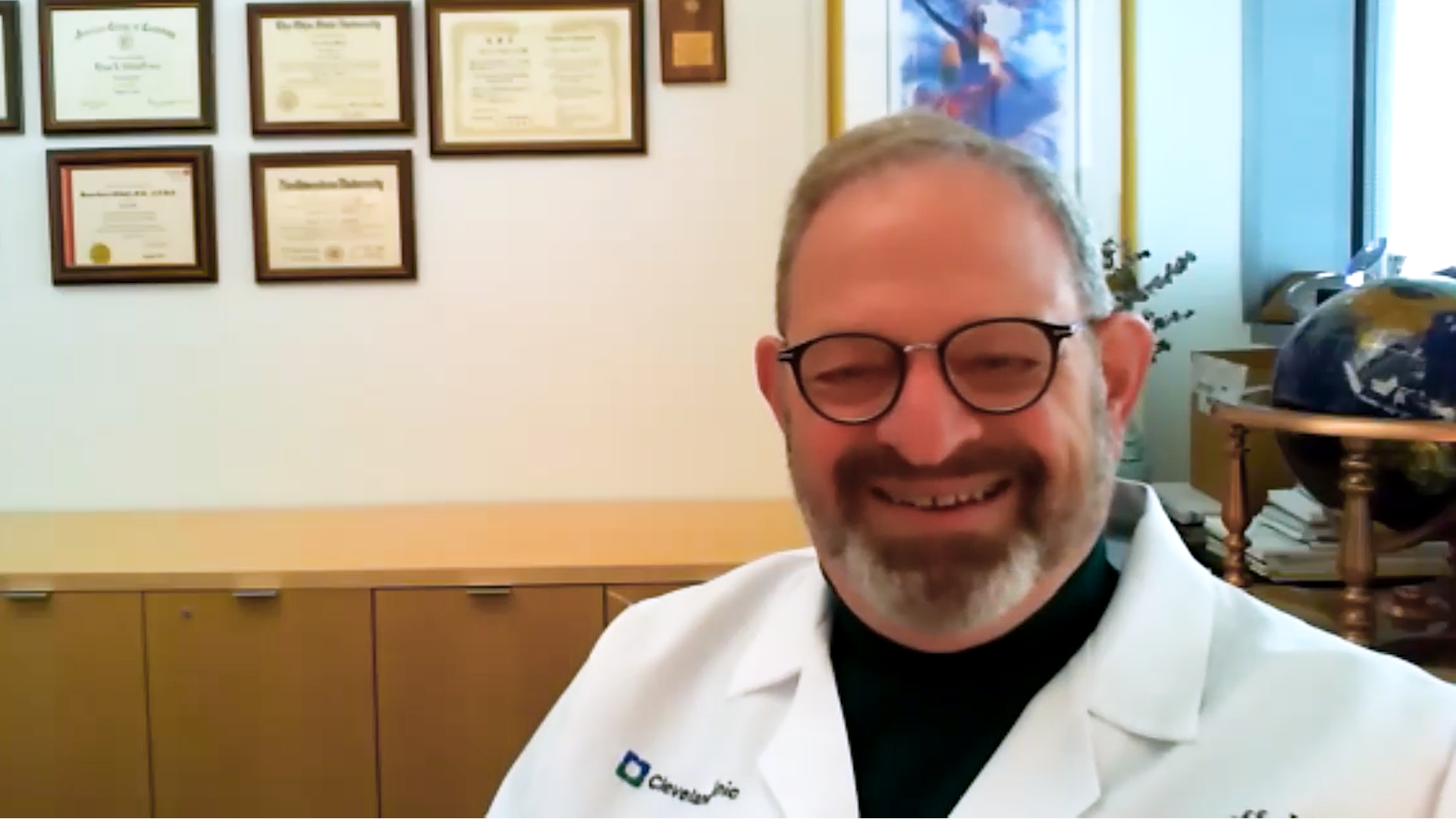Bruce Wilkoff, EHRA 2023: The AdaptResponse trial, synchronized left ventricular pacing for heart failure with left bundle branch block
The AdaptResponse trial was designed to assess two methods of restoring resynchronization to the heart in patients with heart failure with left bundle branch block. In this touchCARDIO interview, we speak with Dr Bruce Wilkoff (Cleveland Clinic, Cleveland, OH, USA) to discuss the design of the AdaptResponse trial, the outcomes as well as the clinical significance of this trial in this population.
The abstract entitled ‘AdaptResponse: A randomized study of synchronized LV pacing’ was presented at the European Heart Rhythm Association congress, 16–18, April 2023.
Questions:
- What are the aims, design, and eligibility criteria of the trial? (0:21)
- What was unique about the Adapt Response trial in comparison with previous trials? (2:18)
- What were the key findings? (4:21)
- What is the potential clinical significance of these findings? (6:36)
Disclosures: Bruce Wilkoff is a consultant for and has received honoraria from Abbott, Biotronik, Boston Scientific and Medtronic.
Support: Interview and filming supported by Touch Medical Media. Interview conducted by Danielle Crosby.
Filmed as a highlight of EHRA 2023
Access more content on atrial fibrillation here
Transcript:
Hello I’m Dr Bruce Wilkoff. I’m director of cardiac pacing and tachyarrhythmia devices at the Cleveland Clinic. I’m the holder of the Deb Dow chair for lead management.
Q. What are the aims, design, and eligibility criteria of the trial?
The AdaptResponse randomized clinical trial was designed to look at two different ways of restoring resynchronization to the heart. Cardiac resynchronization therapy has been designed to stimulate both the right and left ventricles, even though the right ventricle is usually well activated by the natural right bundle. The other way of doing this would be to leverage the activation, the natural activation, of the right bundle, and then just fuse that activation with the pre-excitation from the left ventricular lead. So the lead is placed in the coronary sinus, which would stimulate the area that would normally be activated by the left bundle. But since this left bundle branch is blocked now we pre-excite that side. Then we naturally allow it to synchronize or fuse with activation naturally from the right bundle.
The study, designed to look at the usual way of cardiac resynchronization therapy with stimulation of both ventricles, compared with fusion pacing leveraging the natural activation of the right bundle then the early activation of the left side through the coronary sinus lead. So we were designing the study to see whether we could improve the outcomes in these patients by saving the right ventricular stimulation and seeing if we could improve heart failure hospitalization and survival primarily.
Q. What was unique about the Adapt Response trial in comparison with previous trials?
The AdaptResponse trial is unique in many ways. The first is that it is a very large, worldwide randomized clinical trial. To give you an idea of how large, if you took all the randomized clinical trials of cardiac resynchronization therapy and added them together, the number of patients would not equal the number that are in the AdaptResponse trial.
In addition, the follow up for this trial is far longer. The average median follow-up was 59 months, with a follow-up extending as much as 8 years. This is more than double of the follow-up of any of the other randomized clinical trials. So from the beginning, its size and the length of follow-up and of course, its newer and more contemporary therapy gives it really a profound statement as to the status of cardiac resynchronization therapy in the natural way with biventricular stimulation and with the fusion pacing of the AdaptResponse.
The other very interesting part of this is that there is a very high percentage of women in this trial. Over 40% of the patients were women. This is almost twice as much as the other trials. So this was reflective of the natural population. With it being a worldwide trial, 27 countries and many centres, we are not just cherry picking a few centres from here or there. This is reflective of cardiac resynchronization therapy from around the world.
Q. What were the key findings?
So the AdaptResponse trial primary endpoint was to improve heart failure hospitalization and mortality with the fusion pacing instead of the usual biventricular stimulation. What we found was that there was an 11% improvement in that outcome, which was not statistically significant. However, the overall outcomes were spectacular, meaning that the outcomes for heart failure patients with left bundle branch block with cardiac resynchronization therapy were far better than any other trial, any other heart failure situation of these types of patients. Meaning that for patients with true left bundle branch block and cardiac resynchronization therapy in the modern era that we can expect not only an excellent response, but a sustained excellent response over a long period of time.
We also found that while almost all the patients received cardiac resynchronization pacing, and that is measurable through diagnostics, if we actually were able to achieve more than 85% fusion pacing, we saw a 24% improvement in these two outcomes of heart failure hospitalization and also mortality combined. This was statistically significant.
Now, we need to dive deeper into that finding to see why some of the patients were actually able to have a fusion pacing more commonly. But we have a very large subset of patients that are significantly improved from that situation. By doing that, we get the side benefit that the battery does not have to spend its time or energy pacing the other lead. So therefore, the devices last longer and there are fewer replacements.
Q. What is the potential clinical significance of these findings?
I think the clinical significance of the AdaptResponse data is that cardiac resynchronization therapy for patients with heart failure and left bundle branch block is clearly best done with cardiac resynchronization therapy. This being whether it is done with fusion pacing or biventricular pacing. The outcomes were so good that competing therapies, and there are some other people that have tried to look at other therapies, which is good, will have a very high bar to cross in order to supplant this as the mainstay for these patients. So for left bundle branch block and heart failure, this therapy is by far the standard bearer.
The rest of this is that we can actually deliver this therapy. There are many therapies out there that you get or do not get. Drug therapies, for instance. Not everybody takes their pills all the time. Other competing therapies like left bundle area pacing, that is now in vogue, it is not clearer that everybody actually gets left bundle capture, or rather that they get deep septal pacing often. In this case, in a very large population, we were able to deliver the therapy and get the outcomes in a very large group of patients. So again, the largest group of patients ever with cardiac resynchronization therapy followed for the longest period of time. So I think that is the biggest significance. But we have to dive deeper into this and find out how we can make it better still. Is there something more we can do? Maybe. But this is a very high bar and a sustained effort from a very faithful group of people from around the world that everybody should be very proud of.
Subtitles and transcript are autogenerated







